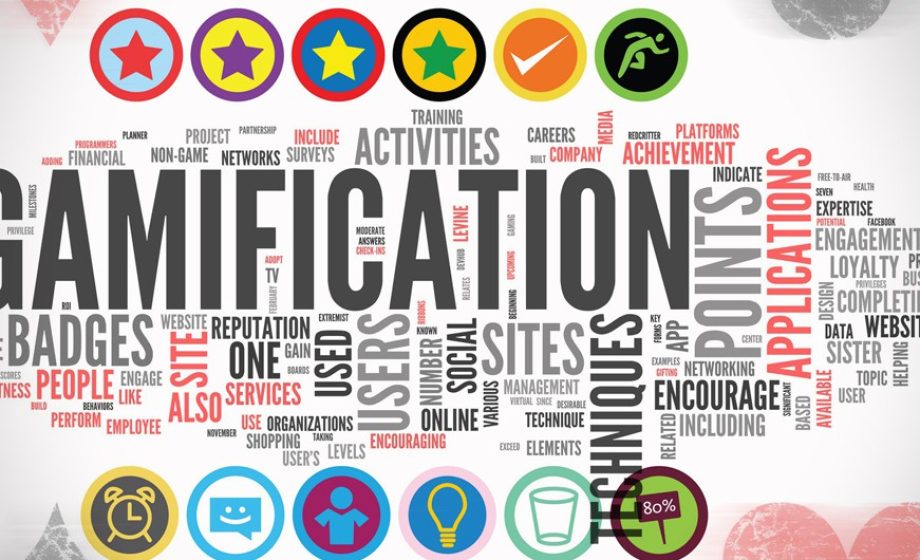
The countdown to HTML5DevConf in San Francisco has begun and I am working on my presentation on how to use gamification to build a better user. In this quest for building this better, or should I say happier, user the good news is that most of the technology tools are available but we have not crossed the Rubicon just yet. Why? Because, until now, it was a bit of a struggle to implement what I’d consider the secret sauce of gamification: Experience Continuity.
Think back to your favorite shows, movies, or even moments in life. They were parts of a story line that were careful crafted to pull you into the experience, discuss it, and grow from it. That experience extended beyond the original medium (say the tv box). It spread onto the water coolers, the dinner table, and the PTA meetings. The story was so good that end up drawing from real life experiences and relating all these elements to the original plot. The plot, the story line, lived on outside of the tv box, we were willingly extending it and prolonging it.
Good games have the same traits. People become immersed in the story as evidenced by some rise in cosplays convention. Gamification should be no exception and rely on great stories to be successful. Unfortunately gamification is often bastardized to finding ways to tweak the user’s behavior by focusing on basic elements such as Leaderboards and avatars. These techniques may work in the short term but quickly lose luster as they do not replace the need for a good story to move your users towards their intended destination.
If you believe in Gamification for Good, then a great storyline will become the bloodline that fuels 3 major tenets of successful gamification efforts:
+ Enabling the spread of diverse ideas and methodologies
+ Focusing on collaboration rather than adversarial relationships
+ Allowing users to participate willingly and interactively.
These 3 tenets will come to life and strive as soon as you can inject into them Continuity. Your users should not have to clear any hurdles to engage with your Gamification effort. This means that users should be able to easily consume, analyze, and feedback data points that will enhance the Gamification process.
And this is the crux of the continuity challenge. We are now flooded with devices that can both capture and broadcast data to. Mobiles, computers, and connected devices are about to create a data flood. The challenge posed by this data flood solely be whether we can seamlessly experience, visualize and share this data easily.
This is where HTML5 has an edge for the foreseeable future. By deploying to many devices, we are enabling our users to become literally embedded into this gamified experience. Our role then becomes to deliver (and capture) the right data based on peoples’ devices and expectations: A tablet is very much a consumption device where content has to be visualized in a way that would be much different than, say, a connected tv or even a fridge that tracks our food consumption.
Visualization on an HTML5 platform will be an interesting challenge in the years to come because as the amount of data available increases, the processing power needed increases as well, yet HTML5’s visualizations are most often done on the device side so data miners are going to need to be quite selective to keep the experience smooth and compelling.
Visualizations tools have already come a long way. There are many vendors delivering visualization to the end users; on the HTML5 side, you can find this page helpful (http://selection.datavisualization.ch/) and if you want to check out a company that, in my opinion, “gets it” in terms of data utilization and management, head out to Targit http://www.targit.com/ (full disclosure: Targit’s CTO is on our board of advisors)
Gamification is much more about human psychology and behavioral studies than computing. By carefully crafting how the storyline is broadcast to the users and making sure we constantly immerse them in the experience, we can greatly improve the returns on the Gamification investment.

